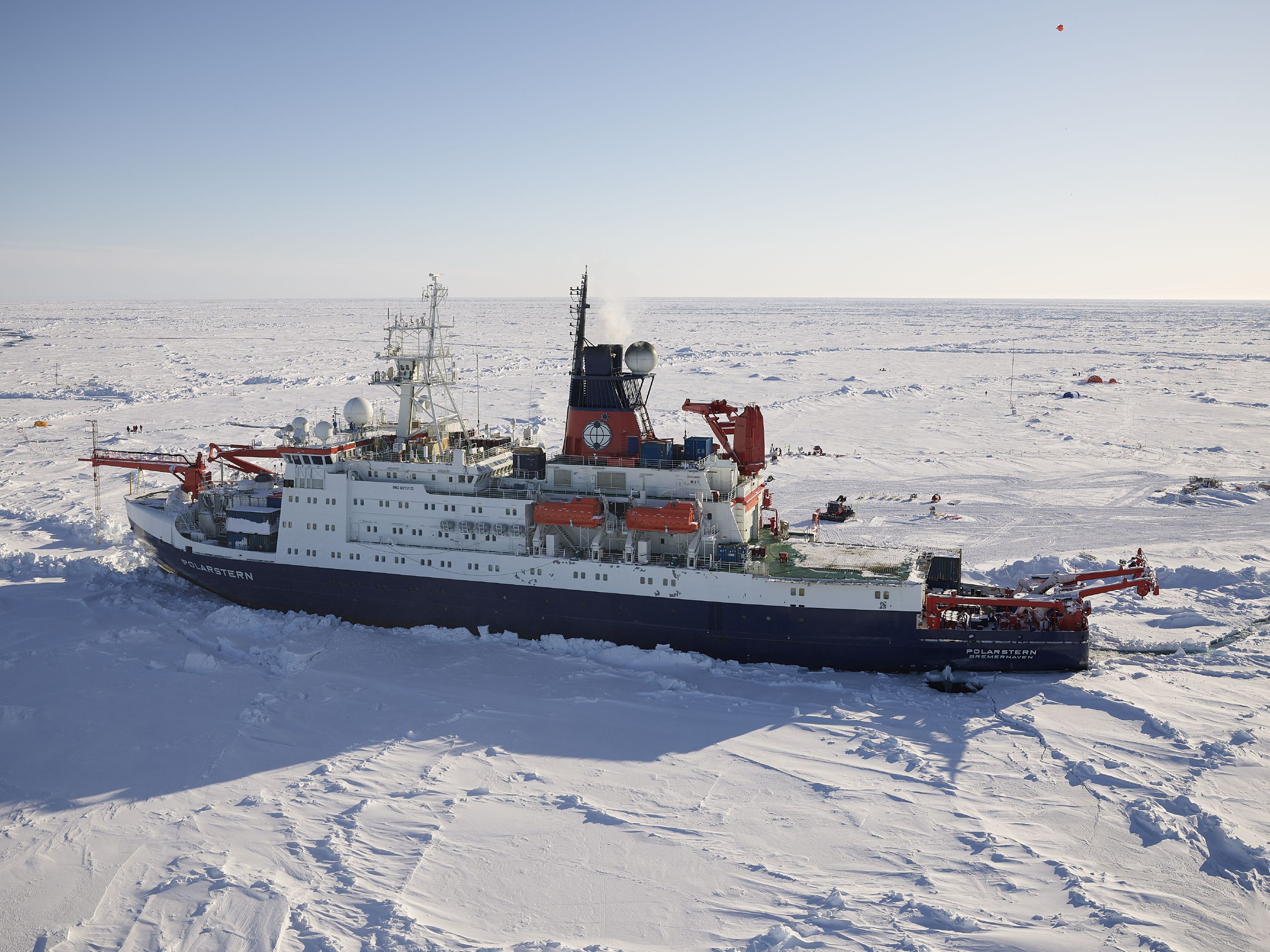 New Ice, New Problems
New Ice, New Problems

The goal of the 2019-2020 MOSAiC expedition was to freeze a research icebreaker, the Polarstern, into the Arctic sea ice and have it drift across the Arctic with the ocean currents for a full year, allowing scientists to study the Arctic climate system for a full seasonal cycle. However, during the expedition, the Polarstern drifted faster and farther than expected, which made expedition leaders wonder if it would melt out of its ice enclosure long before the expedition was supposed to end. This is an interesting and alarming phenomenon that stems from the fact that there is more new ice in the Arctic, and newer, thinner ice moves faster than older, thicker ice. There are other ways in which the Arctic is and could change as a result of the changing sea ice demographic. Can you think of any? Read the two short articles below, and write down a short summary of each that explains what the potential impacts of younger sea ice in the Arctic could be.
Photo credit: Michael Gutsche/AWI
Article 1: Science News for Students: Arctic ice travels fast, carrying pollution
Article 2: Tanker becomes first to cross Arctic without icebreaker